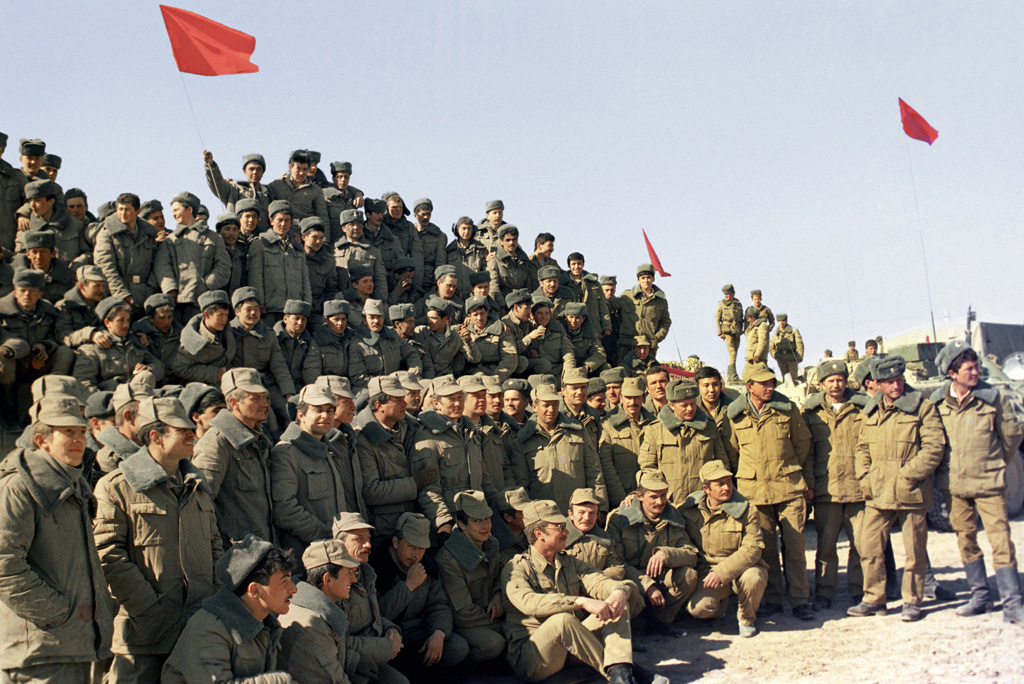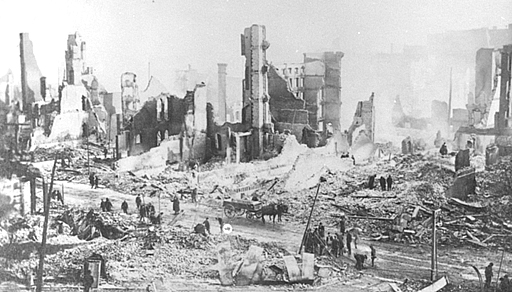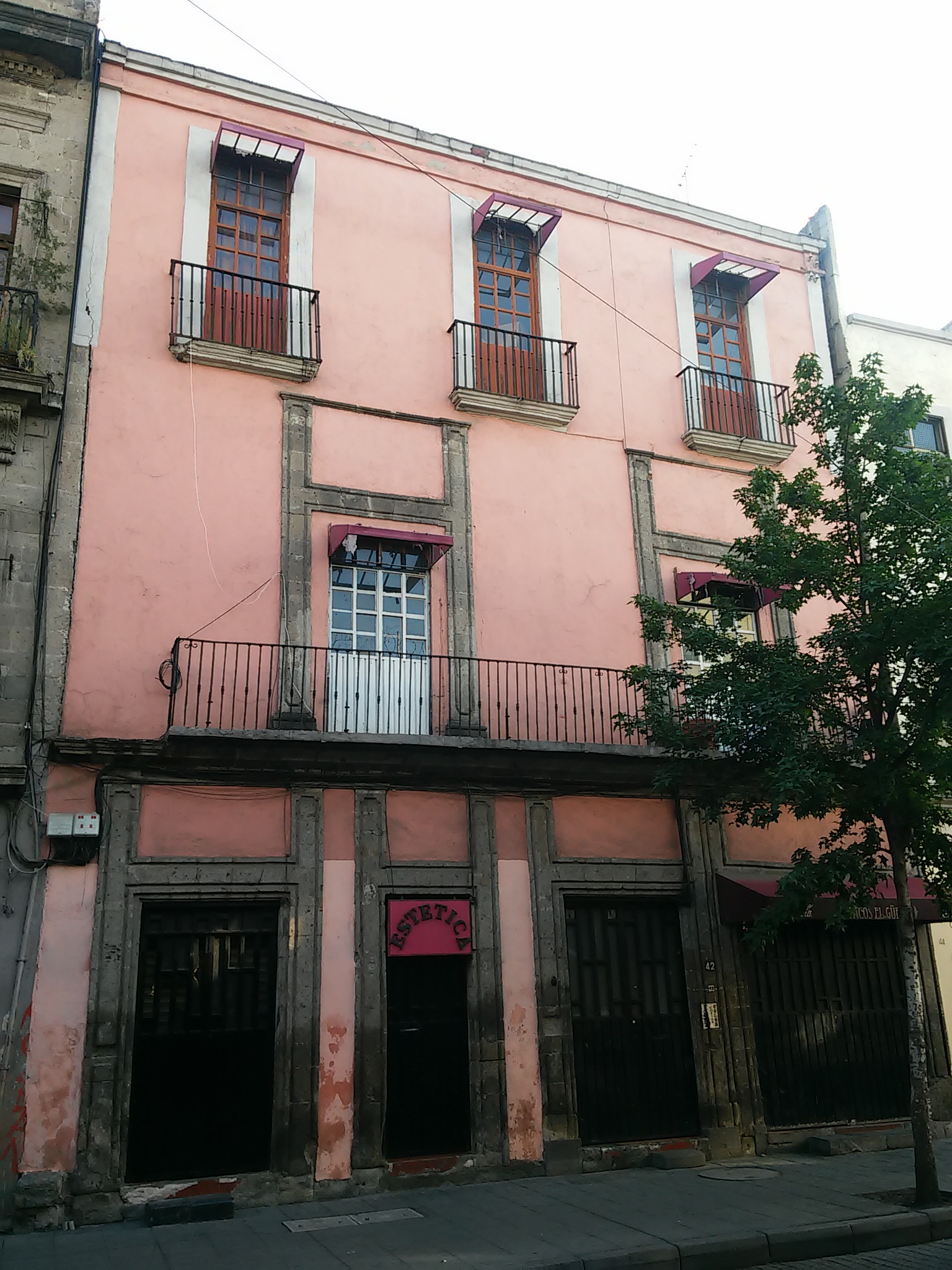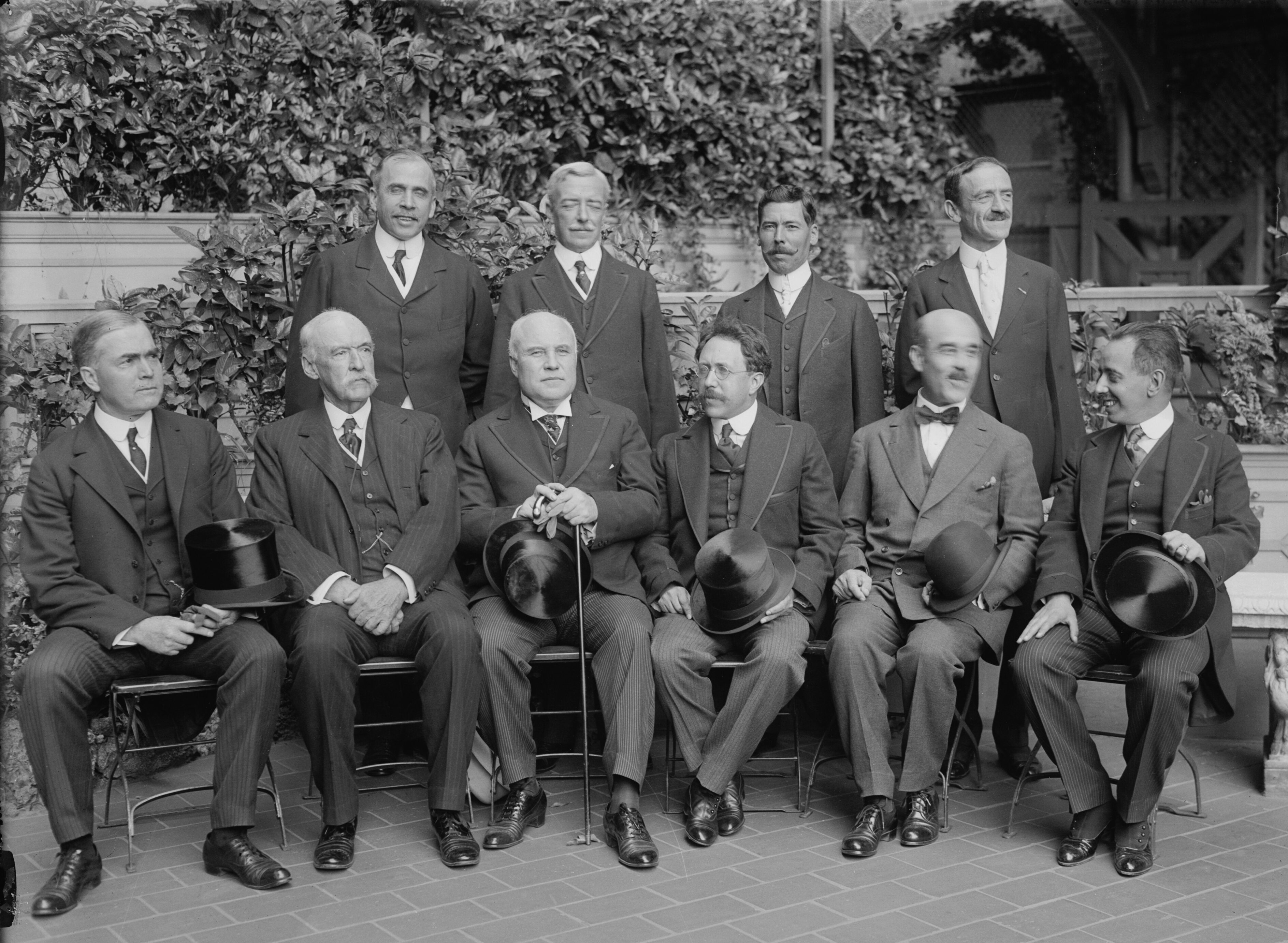|
Malú Block
María Luisa "Malú" Block (''née'' Cabrera; 9 October 1904 – 1989) was a Mexican artist and arts patron. Block was born in Coyoacán, Mexico City, the daughter of lawyer, writer and politician Luis Cabrera Lobato and his wife, Guillermina. (Spanish) In 1931 she married Harry Block (1902–1975) in New York,Elena Poniatowska''Miguel Covarrubias - vida y mundos''(Spanish), 2004, p. 109. a former liaison man between Constantin Oumansky in Washington and Vicente Lombardo Toledano in Mexico City and regular Mexican correspondent for ''The Nation ''The Nation'' is a progressive American monthly magazine that covers political and cultural news, opinion, and analysis. It was founded on July 6, 1865, as a successor to William Lloyd Garrison's '' The Liberator'', an abolitionist newspaper ...''. They had two children, named Malú and Félipe. Around 1935 the family moved from the United States to Mexico. Malú Block was co-founder and co-financier of the Teatro Ulises. Exte ... [...More Info...] [...Related Items...] OR: [Wikipedia] [Google] [Baidu] |
Frida Kahlo
Magdalena Carmen Frida Kahlo y Calderón (; 6 July 1907 – 13 July 1954) was a Mexican painter known for her many portraits, self-portraits, and works inspired by the nature and artifacts of Mexico. Inspired by Culture of Mexico, the country's popular culture, she employed a Naïve art, naïve folk art style to explore questions of identity, postcolonialism, gender, class, and race in Mexican society. Her paintings often had strong autobiographical elements and mixed realism with fantasy. In addition to belonging to the post-revolutionary ''Mexicayotl'' movement, which sought to define a Mexican identity, Kahlo has been described as a surrealist or magical realist. She is also known for painting about her experience of chronic pain. Born to a German father and a ''mestizo, mestiza'' mother (of Purépecha descent), Kahlo spent most of her childhood and adult life at La Casa Azul, her family home in Coyoacán – now publicly accessible as the Frida Kahlo Museum. Although s ... [...More Info...] [...Related Items...] OR: [Wikipedia] [Google] [Baidu] |
The Nation
''The Nation'' is a progressive American monthly magazine that covers political and cultural news, opinion, and analysis. It was founded on July 6, 1865, as a successor to William Lloyd Garrison's '' The Liberator'', an abolitionist newspaper that closed in 1865, after ratification of the Thirteenth Amendment to the United States Constitution. Thereafter, the magazine proceeded to a broader topic, ''The Nation''. An important collaborator of the new magazine was its Literary Editor Wendell Phillips Garrison, son of William. He had at his disposal his father's vast network of contacts. ''The Nation'' is published by its namesake owner, The Nation Company, L.P., at 520 8th Ave New York, NY 10018. It has news bureaus in Washington, D.C., London, and South Africa, with departments covering architecture, art, corporations, defense, environment, films, legal affairs, music, peace and disarmament, poetry, and the United Nations. Circulation peaked at 187,000 in 2006 but dropped t ... [...More Info...] [...Related Items...] OR: [Wikipedia] [Google] [Baidu] |
Place Of Death Missing
Place may refer to: Geography * Place (United States Census Bureau), defined as any concentration of population ** Census-designated place, a populated area lacking its own municipal government * "Place", a type of street or road name ** Often implies a dead end (street) or cul-de-sac * Place, based on the Cornish word "plas" meaning mansion * Place, a populated place, an area of human settlement ** Incorporated place (see municipal corporation), a populated area with its own municipal government * Location (geography), an area with definite or indefinite boundaries or a portion of space which has a name in an area Placenames * Placé, a commune in Pays de la Loire, Paris, France * Plače, a small settlement in Slovenia * Place (Mysia), a town of ancient Mysia, Anatolia, now in Turkey * Place, New Hampshire, a location in the United States Facilities and structures * Place House, a 16th-century mansion largely remodelled in the 19th century, in Fowey, Cornwall, Engl ... [...More Info...] [...Related Items...] OR: [Wikipedia] [Google] [Baidu] |
1989 Deaths
1989 was a turning point in political history with the " Revolutions of 1989" which ended communism in Eastern Bloc of Europe, starting in Poland and Hungary, with experiments in power-sharing coming to a head with the opening of the Berlin Wall in November, the Velvet Revolution in Czechoslovakia and the overthrow of the communist dictatorship in Romania in December; the movement ended in December 1991 with the dissolution of the Soviet Union. Revolutions against communist governments in Eastern Europe mainly succeeded, but the year also saw the suppression by the Chinese government of the 1989 Tiananmen Square protests in Beijing. It was the year of the first Brazilian direct presidential election in 29 years, since the end of the military government in 1985 that ruled the country for more than twenty years, and marked the redemocratization process's final point. F. W. de Klerk was elected as State President of South Africa, and his regime gradually dismantled th ... [...More Info...] [...Related Items...] OR: [Wikipedia] [Google] [Baidu] |
1904 Births
Events January * January 7 – The distress signal ''CQD'' is established, only to be replaced 2 years later by ''SOS''. * January 8 – The Blackstone Library is dedicated, marking the beginning of the Chicago Public Library system. * January 12 – The Herero Wars in German South West Africa begin. * January 17 – Anton Chekhov's last play, ''The Cherry Orchard'' («Вишнëвый сад», ''Vishnevyi sad''), opens at the Moscow Art Theatre directed by Constantin Stanislavski, 6 month's before the author's death. * January 23 – The Ålesund fire destroys most buildings in the town of Ålesund, Norway, leaving about 10,000 people without shelter. * January 25 – Halford Mackinder presents a paper on "The Geographical Pivot of History" to the Royal Geographical Society of London in which he formulates the Heartland Theory, originating the study of geopolitics. February * February 7 – The Great Baltimore Fire in Baltimore, Maryland, destroys over 1,500 build ... [...More Info...] [...Related Items...] OR: [Wikipedia] [Google] [Baidu] |
Teatro Ulises
The Teatro Ulises (literally ''Odysseus theater'') was an experimental theater, located in the ''calle de Mesones 42'' of Mexico City. History It was established around 1927 (Spanish)/1928Daniel Vázquez Touriño''El teatro mexicano del siglo XX: búsqueda de la esencia de una nación'' (Spanish) by Antonieta Rivas Mercado, daughter of the architect Antonio Rivas Mercado, and further members of the group Los Contemporáneos. The small theater with about 50 seats only existed for a few months until 1929, but influenced modern Mexican theater fundamentally. The theater was predominantly created and financed by Antonieta Rivas Mercado and María Luisa "Malú" Cabrera, later ''Maria Luisa Block'', daughter of the writer and politician Luis Cabrera Lobato. The scenarios were based mainly on translations of scripts of notable international writers, like Jean Cocteau, Eugene O'Neill, Lord Dunsany, Claude Roger-Marx, Luigi Pirandello, Jean Giraudoux, Henrik Ibsen, August Strindberg, Ch ... [...More Info...] [...Related Items...] OR: [Wikipedia] [Google] [Baidu] |
Vicente Lombardo Toledano
Vicente Lombardo Toledano (July 16, 1894 – November 16, 1968) was one of the foremost Mexican labor leaders of the 20th century, called "the dean of Mexican Marxism ndthe best-known link between Mexico and the international world of Marxism and socialism." In 1936, he founded the Confederation of Mexican Workers (CTM), the national labor federation most closely associated with the ruling party founded by President Lázaro Cárdenas, the Party of the Mexican Revolution (PRM). After he was purged from the union after World War II, Lombardo Toledano co-founded the political party "Partido Popular" along with Narciso Bassols, which later became known as the Partido Popular Socialista. Early career Lombardo Toledano was born in Teziutlán, Puebla, to middle-class parents, Vincente Lombardo Carpio and Isabel Toledano Toledano; his father was of Italian ancestry, while his mother was from Teziutlán, of Sephardic Jewish descent from the Toledano family. After obtaining his ... [...More Info...] [...Related Items...] OR: [Wikipedia] [Google] [Baidu] |
Diego Rivera
Diego Rivera (; December 8, 1886 – November 24, 1957) was a Mexican painter. His large frescoes helped establish the Mexican muralism, mural movement in Mexican art, Mexican and international art. Between 1922 and 1953, Rivera painted murals in, among other places, Mexico City, Chapingo, and Cuernavaca, Mexico; and San Francisco, Detroit, and New York City. In 1931, a retrospective exhibition of his works was held at the Museum of Modern Art in Manhattan. That was before he completed his 27-mural series known as ''Detroit Industry Murals''. Rivera had four wives and numerous children, including at least one illegitimate daughter. His first child and only son died at the age of two. His third wife was fellow Mexican artist Frida Kahlo, with whom he had a volatile relationship that continued until her death. His previous two marriages, ending in divorce, were respectively to a fellow artist and a novelist, and his final marriage was to his agent. Due to his importance in the ... [...More Info...] [...Related Items...] OR: [Wikipedia] [Google] [Baidu] |
Constantin Oumansky
Konstantin Aleksandrovich Umansky (; 14 May 1902 – 25 January 1945) was a Soviet diplomat, editor, journalist and artist. Biography and career Umansky, whose family were of Jewish origin, was born in Mykolaiv; he began studies at Moscow University in 1918, and joined the Russian Communist Party (Bolsheviks) in 1919. Later that year he moved to Germany where he soon started writing material informing the avant-garde art scene in Berlin of the artistic developments in Russia. Late in 1920 he moved to Vienna, where he worked for ROSTA. In November 1920 he contributed a slide-illustrated lecture to a "Russian Evening" sponsored by the art magazine '' MA'', produced by revolutionary exiles from Hungary who had fled there following the crushing of the Hungarian Soviet Republic. From August to October 1922, Umansky worked in the People's Commissariat of Foreign Affairs. His ability to learn new languages (he was said to be able to learn a new language in a month) and proficiency in ... [...More Info...] [...Related Items...] OR: [Wikipedia] [Google] [Baidu] |
Luis Cabrera Lobato
Luis Vicente Cabrera Lobato (17 July 1876 – 12 April 1954) was a Mexican lawyer, politician and writer. His pen name for his political essays was "Lic. Blas Urrea"; the more literary works he wrote as "Lucas Rivera". During the late presidency of Porfirio Díaz, he was a vocal critic of the regime. He became an important civilian intellectual in the Mexican Revolution (1910-1920). He was a co-founder of the Anti-Re-electionist Party, which backed the candidacy of Francisco I. Madero, and when armed revolutionaries forced Díaz to resign, he counseled Madero not to make a deal with the old regime. During the Madero administration, he drafted a reform land law, which Madero did not sign. After Madero's murder in the February 1913 coup d'état, Cabrera was a key civilian adviser to the ''Primer Jefe'' of the Constitutionalist Army, Venustiano Carranza. He retired from politics following the ouster and death of Carranza in 1920. Biography Cabrera was born in Zacatlán, the so ... [...More Info...] [...Related Items...] OR: [Wikipedia] [Google] [Baidu] |





